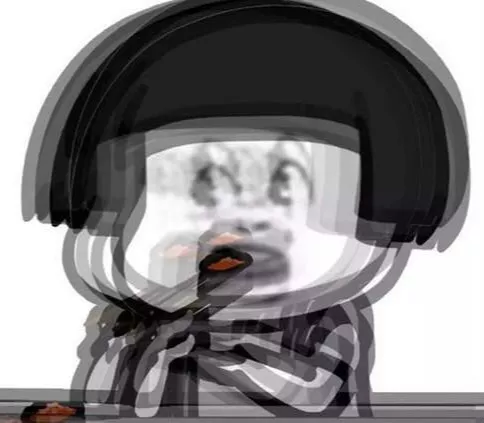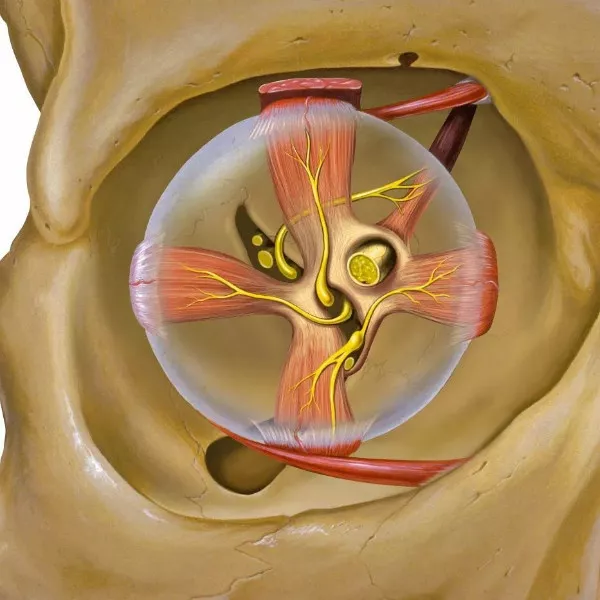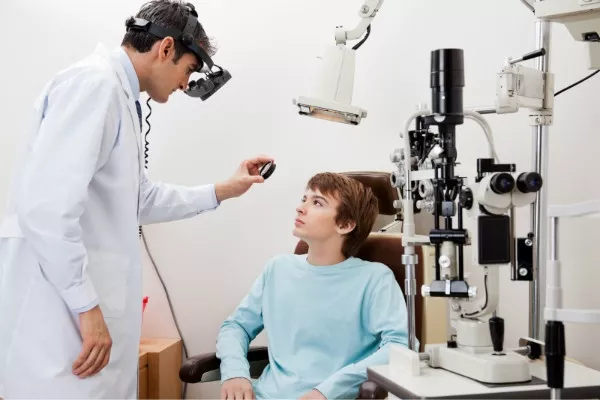People have two eyes, and under normal circumstances, the retinas of both eyes can accurately image at the same time, with only one clear image, without each seeing separately. This is an advanced function of vision.
Viewing an object as two is called “diplopia” in medicine, which is commonly referred to as “double vision”. Let me tell you about the things related to heavy shadows
What is ghosting?
People have two eyes, but what they see in the end is a clear image, which is an advanced function of vision called ‘binocular monocular vision’. Due to the involvement of the eyes, brain, and related brain nerves in this process, many eye or systemic diseases can cause loss of fusion function and result in the appearance of ghosting.

The principle of generation
The principle of ghosting is that the image of one eye falls on the macula, while the image of the other eye does not fall on the macula. The image that falls on the macular point is always clearer than the image that does not fall on the macular point, thus forming two images.
Double vision can be divided into monocular double vision and binocular double vision.
Quick Self Test: Which type of ghosting do you belong to?
Covering one eye and still seeing ghosting when looking at objects with one eye is considered monocular ghosting; If the double image disappears when viewed with one eye, it belongs to binocular double image.

- Monocular double vision
Monocular double vision is mostly caused by eye diseases, such as refractive errors (especially depth astigmatism), corneal lesions, cataracts, abnormal lens position, abnormal pupil shape, etc.
Monocular double vision is often caused by problems with the eye itself, such as depth astigmatism. The above image shows a comparison between severe astigmatism (left) and normal corneal curvature (right)
- Binocular double vision
Bilateral double vision is caused by lesions in the eye muscles or the brain nerves or brain innervated by them. In addition to the problems of the eyes themselves, there are many reasons for the appearance of ghosting, such as some systemic diseases, including myasthenia, diabetes, thyroid exophthalmos, brain tumors, stroke, aneurysms, multiple neurosclerosis, nasopharyngeal carcinoma, trauma (burst of the eye socket wall, resulting in dysfunction of external eye muscle activity), etc.
The movement of the eyes is responsible for six eye muscles and their respective nerves, and each eye has one muscle that is relative in coordination, so the eyes can move in all directions as they please
Symptoms of ghosting
The main symptom of ghosting is that one object appears as two objects.
But in the eyes of some patients, ghosting may not be the focus, but rather blurred vision or difficulty seeing objects in a specific direction. Some patients may experience symptoms such as dizziness, headache, and nausea. Mild cases only produce ghosting from certain perspectives, while severe cases cause problems when facing objects directly.
However, these symptoms may also vary depending on the age of onset, duration of onset, and subjective alertness.
It is worth noting that children under the age of six generally rarely mention the issue of “ghosting” to their parents. One reason is that they may not be aware that this is an abnormal phenomenon, and because visual development is not yet mature, children’s brains may not process unclear images, which is called “suppression”. The younger the child, the greater their ability to suppress stress. The suppressed eye will not develop its vision, and over time, it may develop amblyopia, leading to permanent damage to vision.
How can it be treated?
Due to the obvious symptoms of ghosting, patients are easily aware of it. Once symptoms appear, it is recommended to seek medical attention promptly. To treat double vision, it is necessary to first identify the disease that causes the symptoms, and then provide targeted treatment.
Multiple shadows require targeted treatment based on the cause
- Glasses: Wear glasses to correct refractive errors and use glasses to alleviate symptoms.
- Eye covering and visual exercise: used to treat amblyopia.
- Treat corresponding diseases: Use medication or surgical treatment as needed according to the condition.
- Eye muscle surgery: Correcting strabismus or restoring the obstructed outer eye muscles after trauma.
Reminder to everyone: When seeing heavy shadows, in addition to eye problems, it may also be due to other physical illnesses. It is important to seek medical attention promptly, identify the cause, and receive targeted treatment to avoid worsening of the condition.
